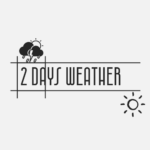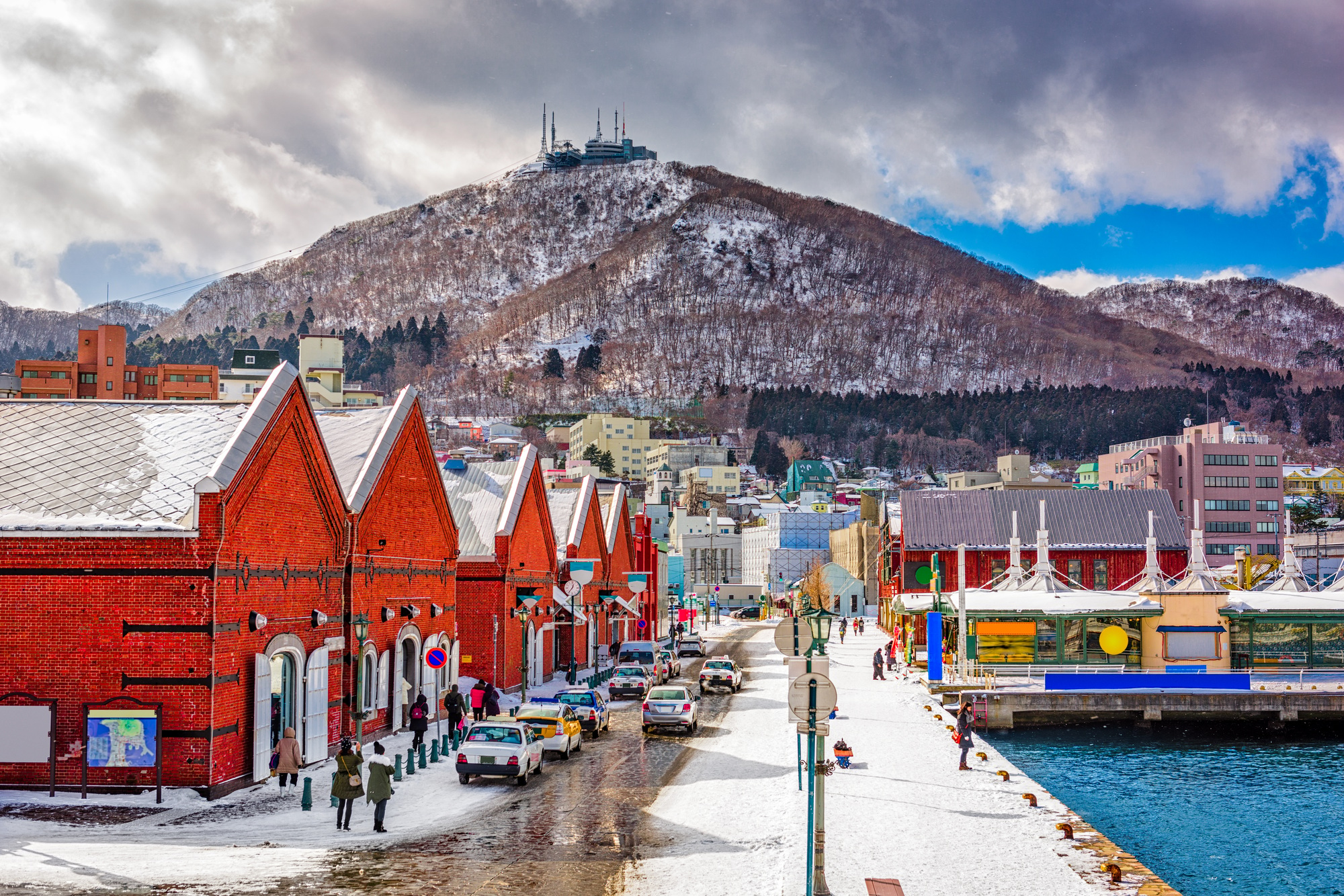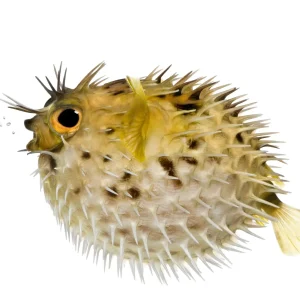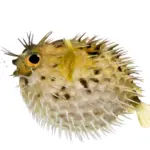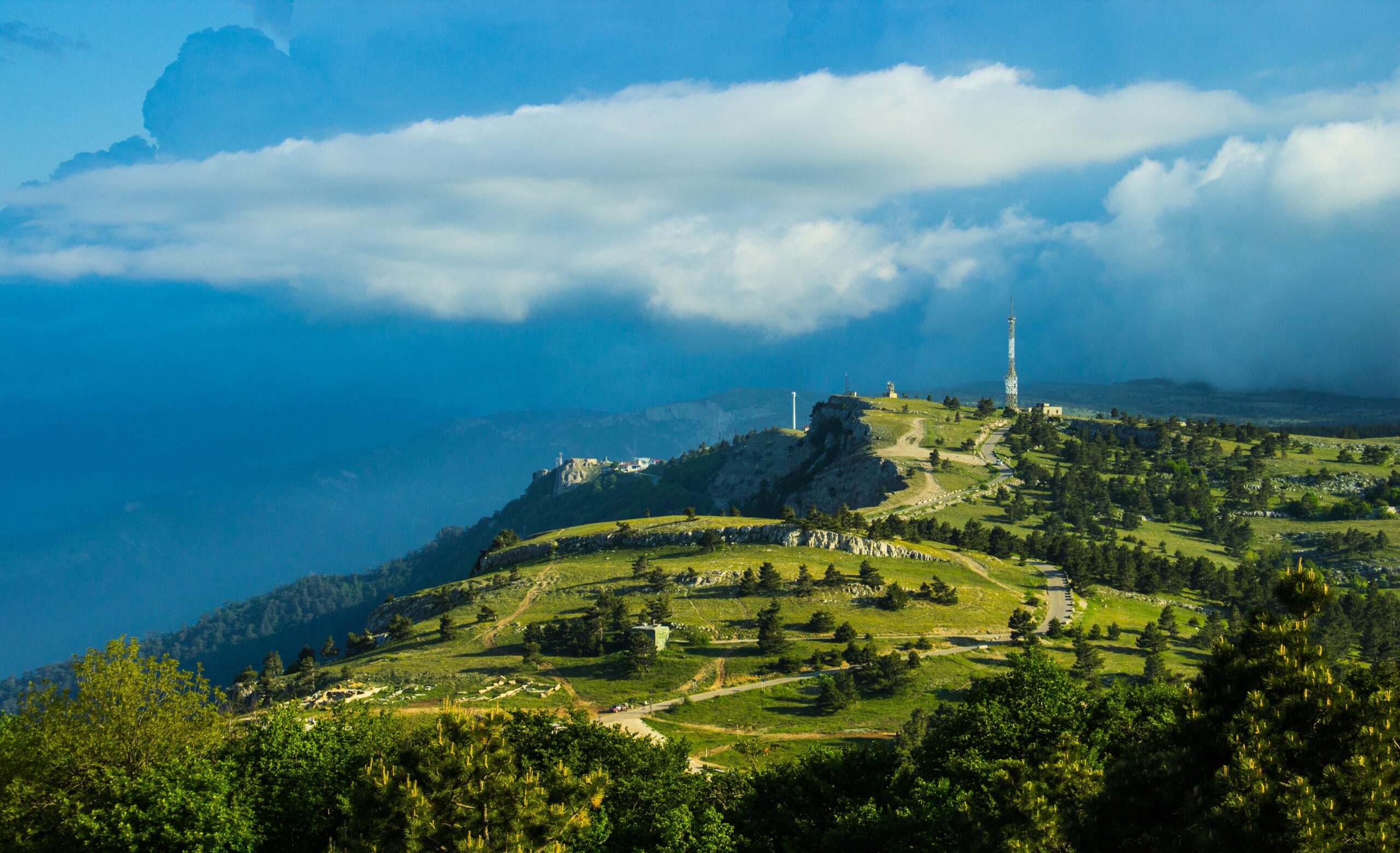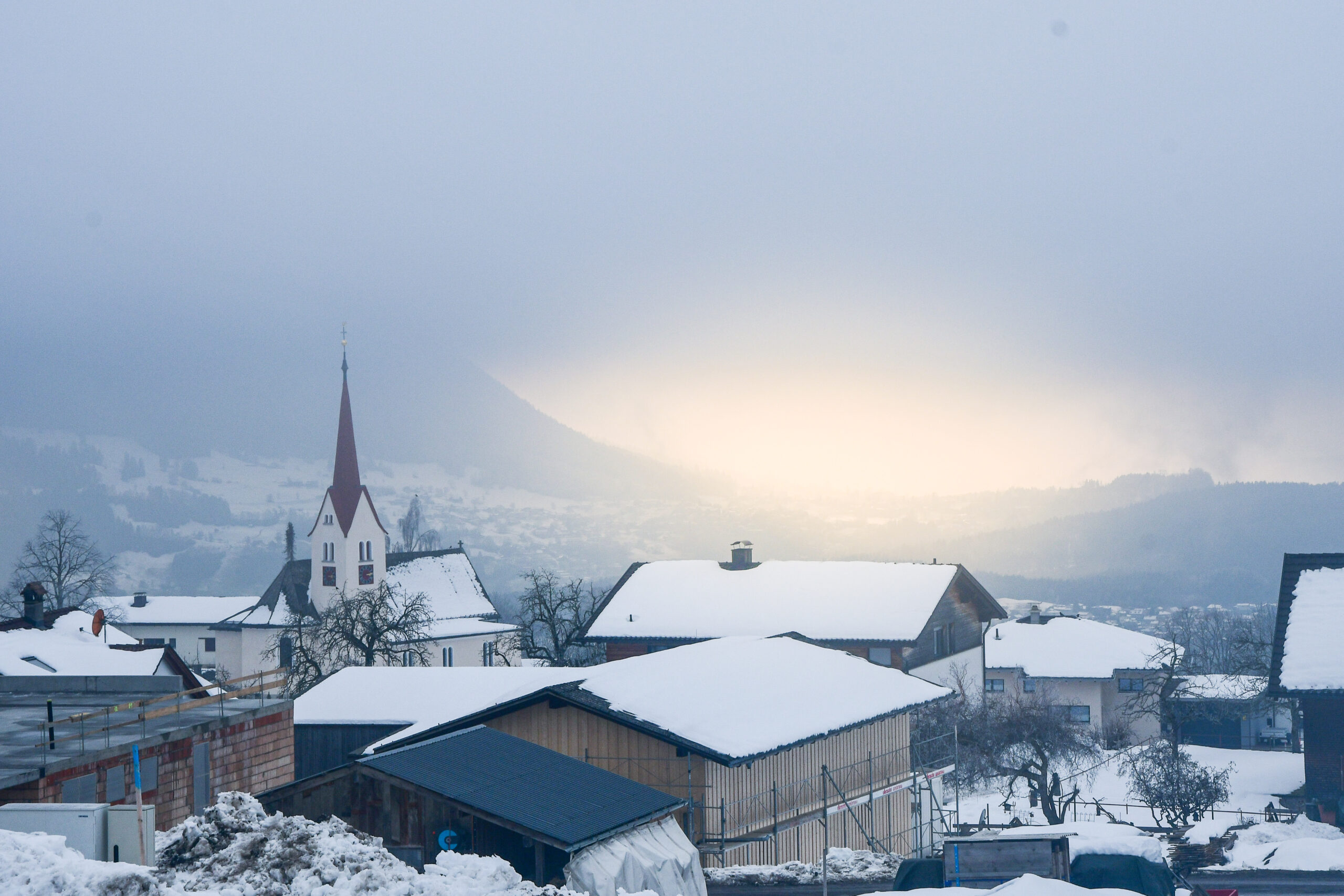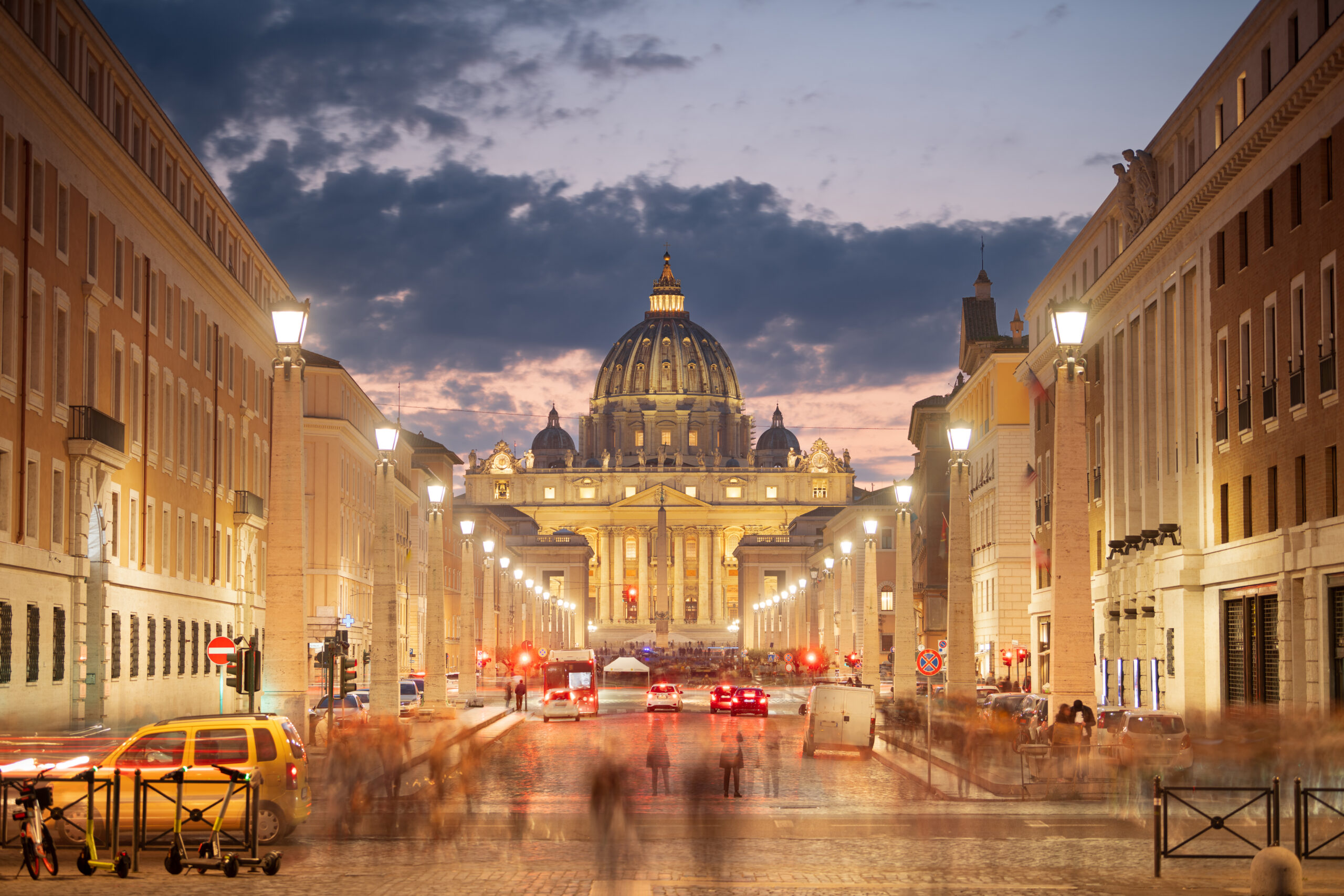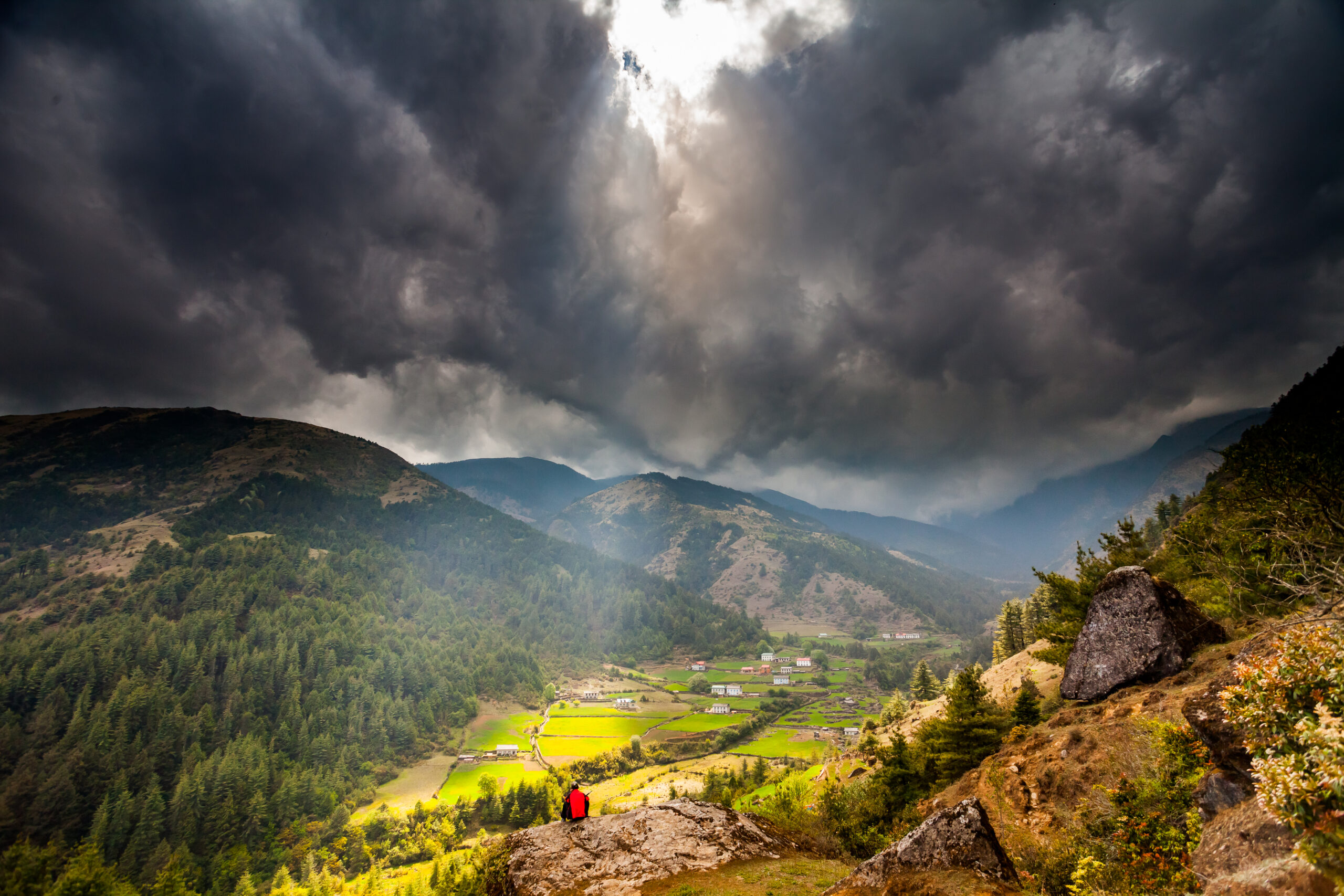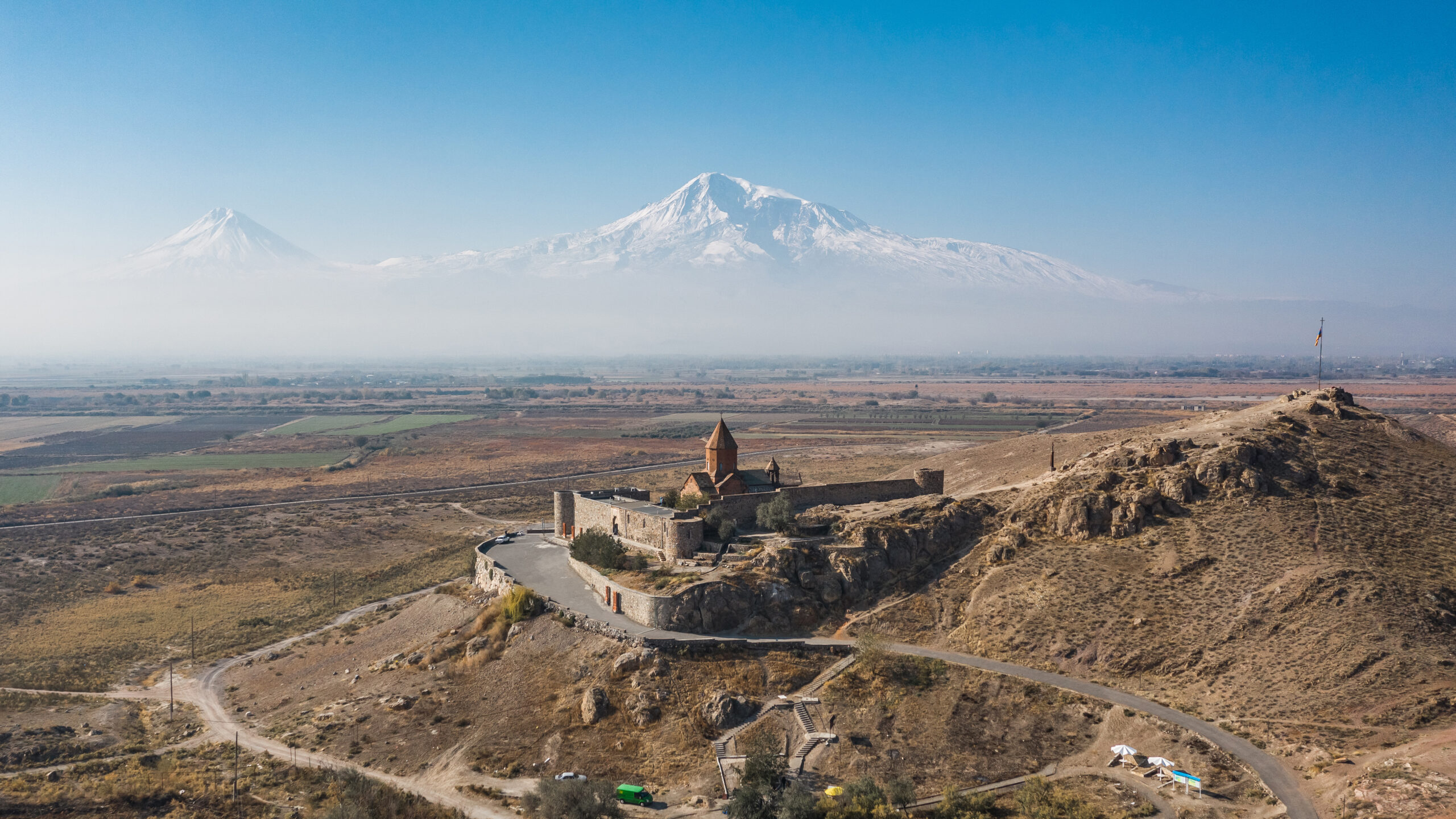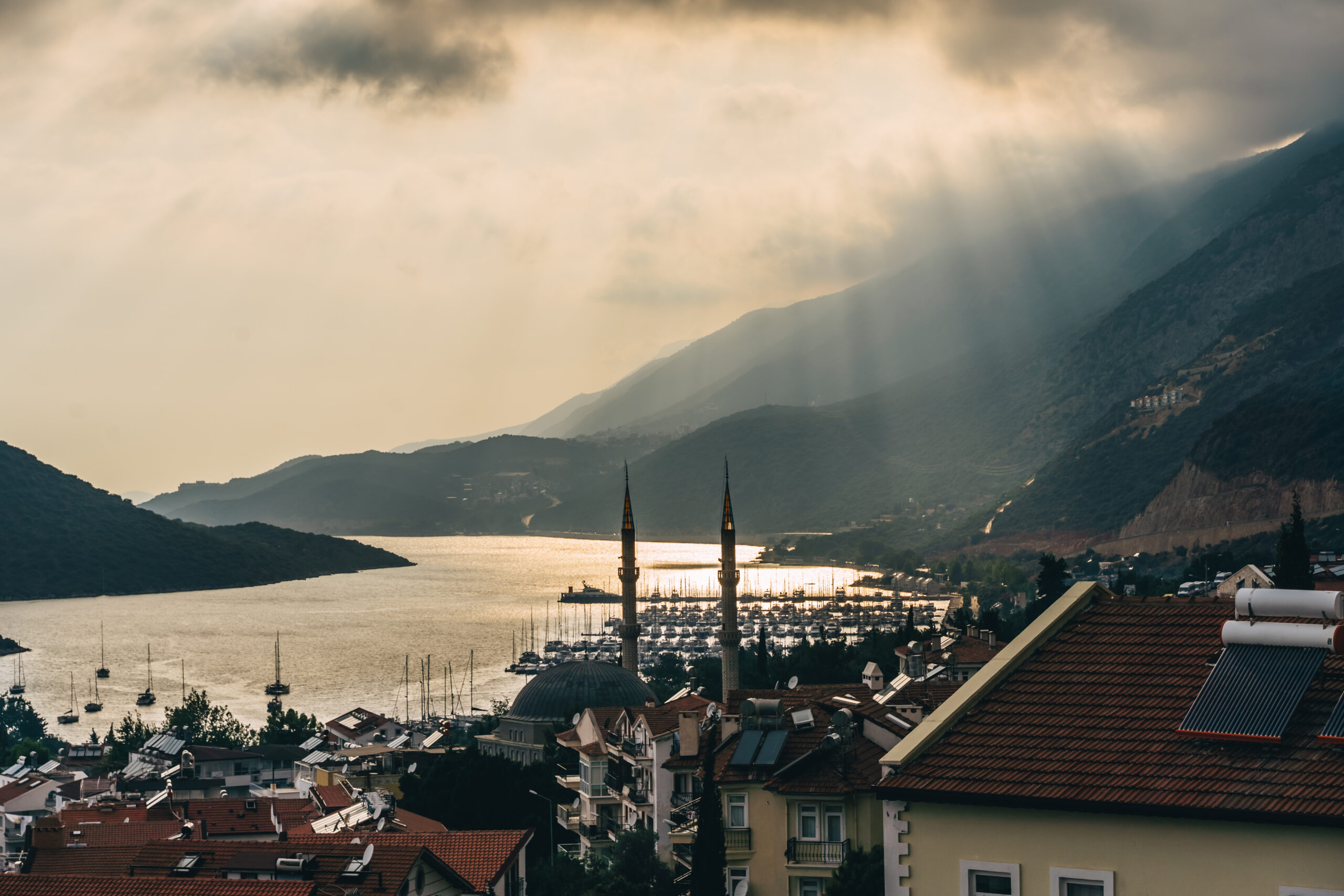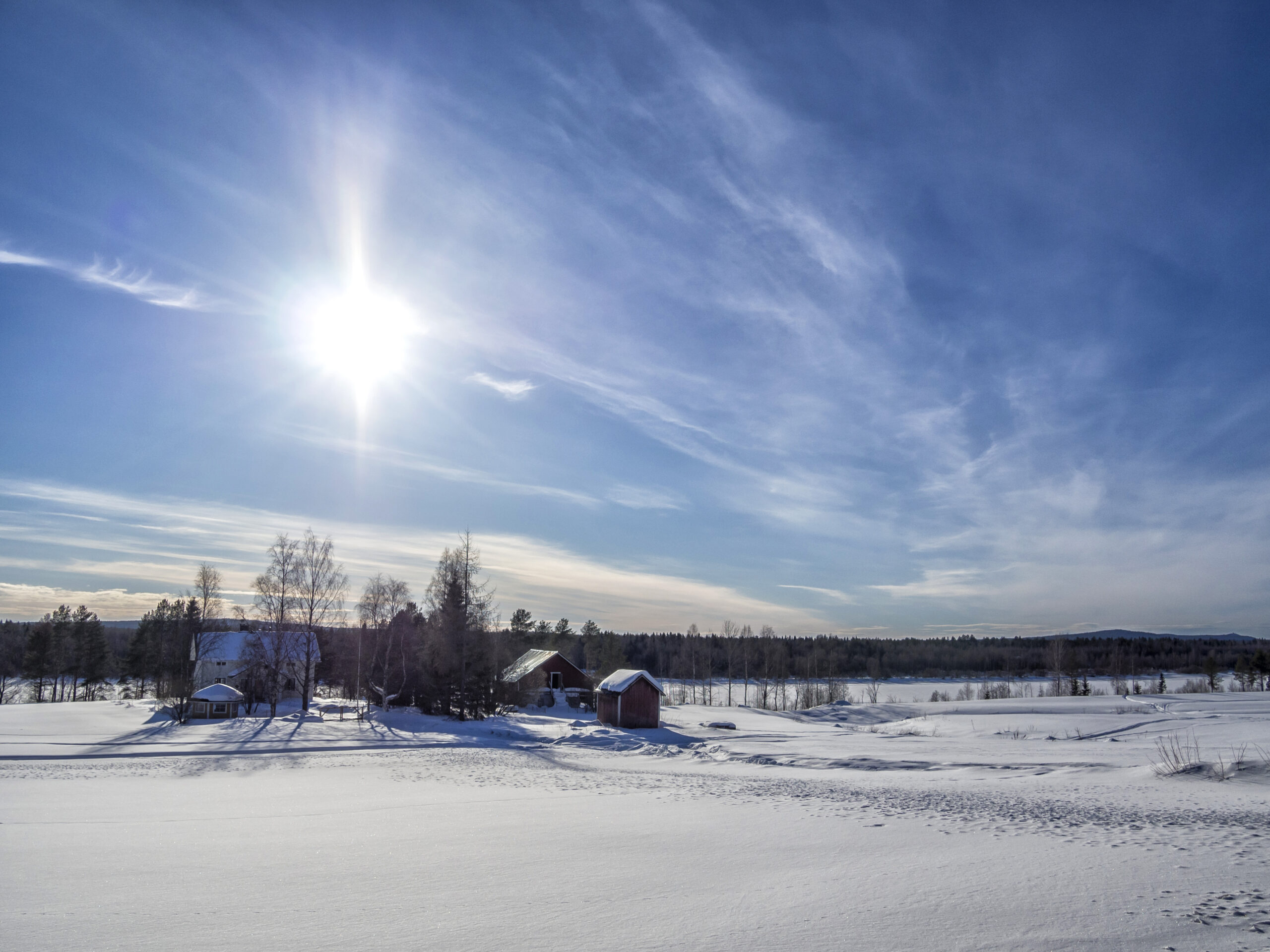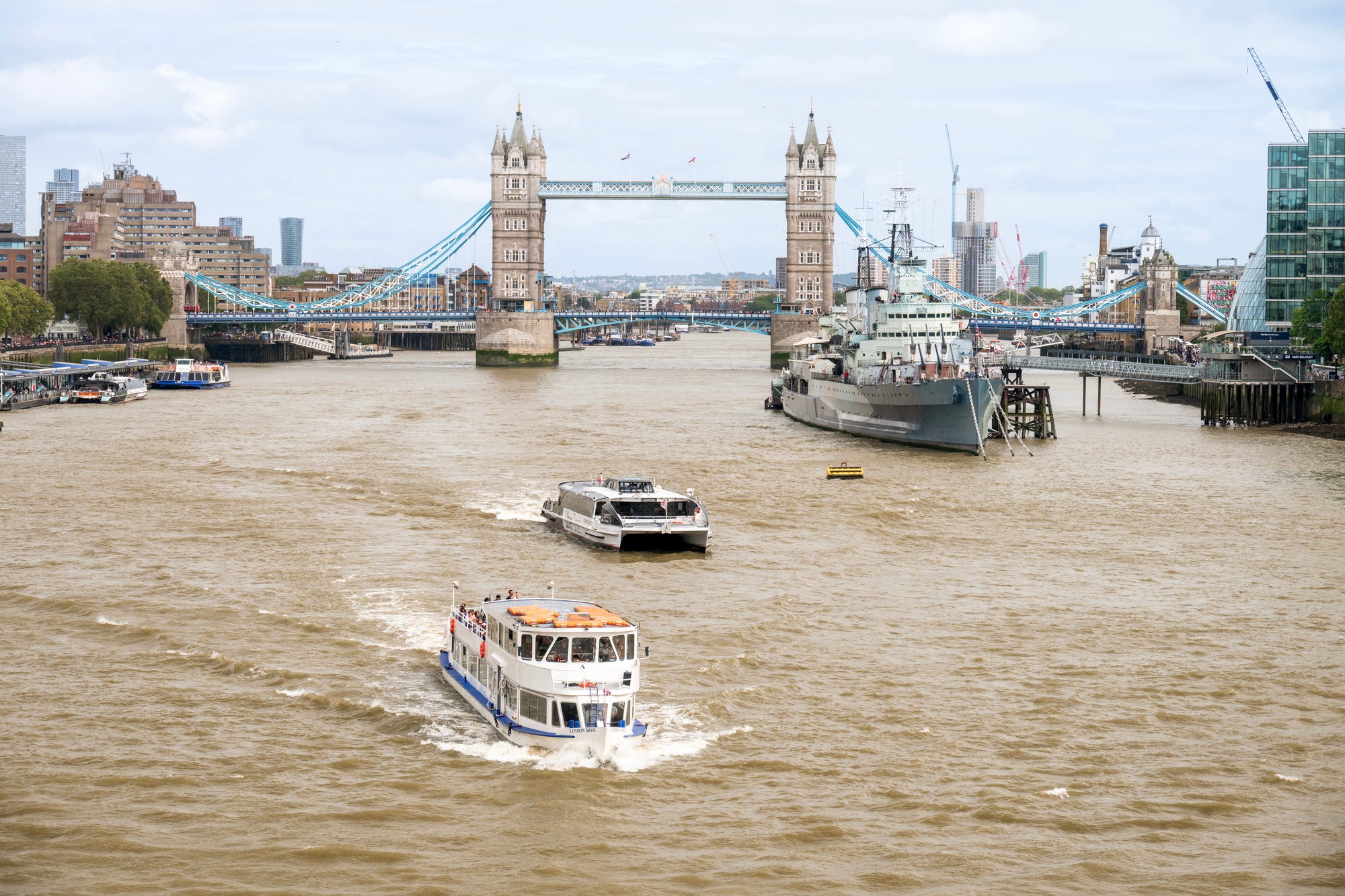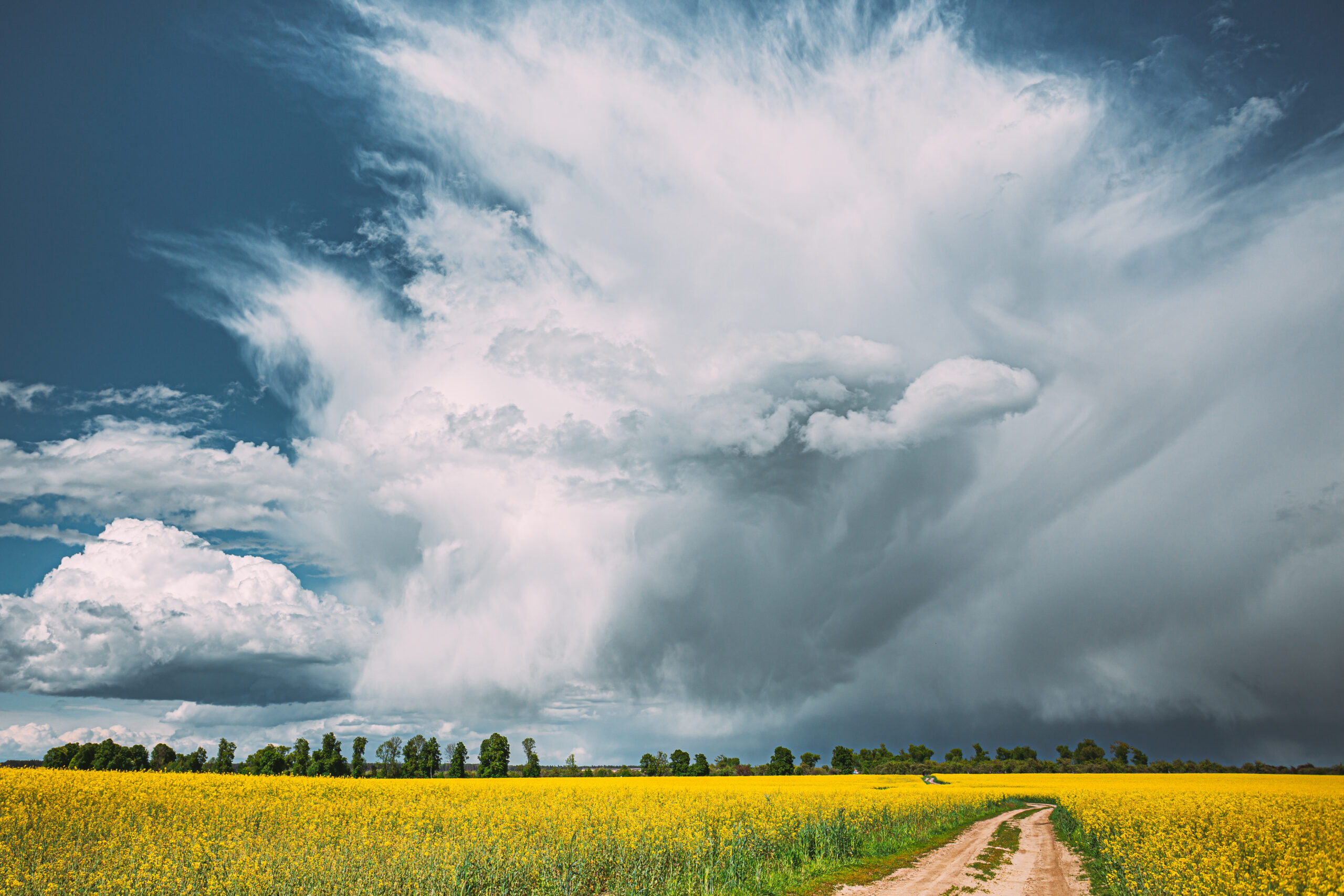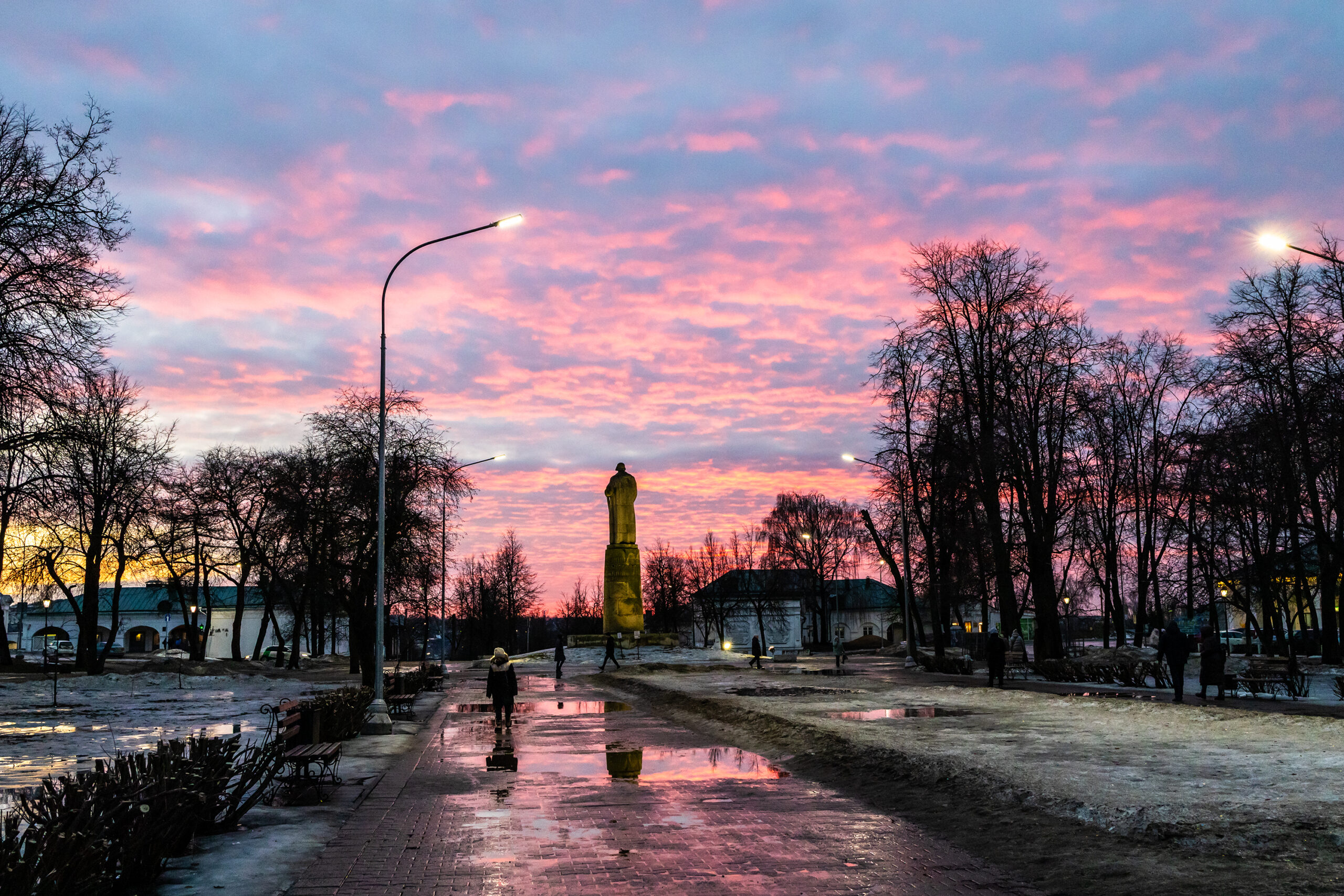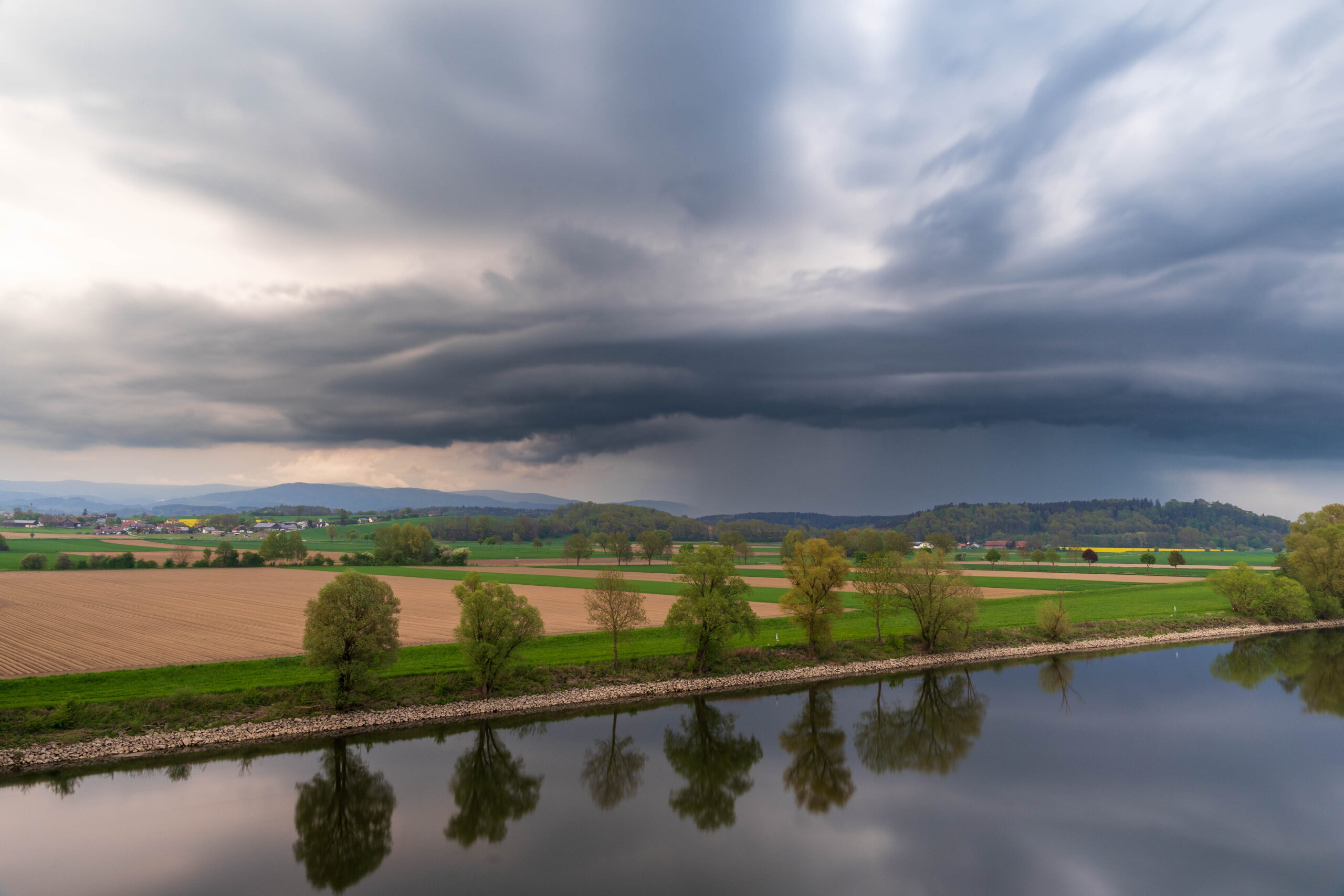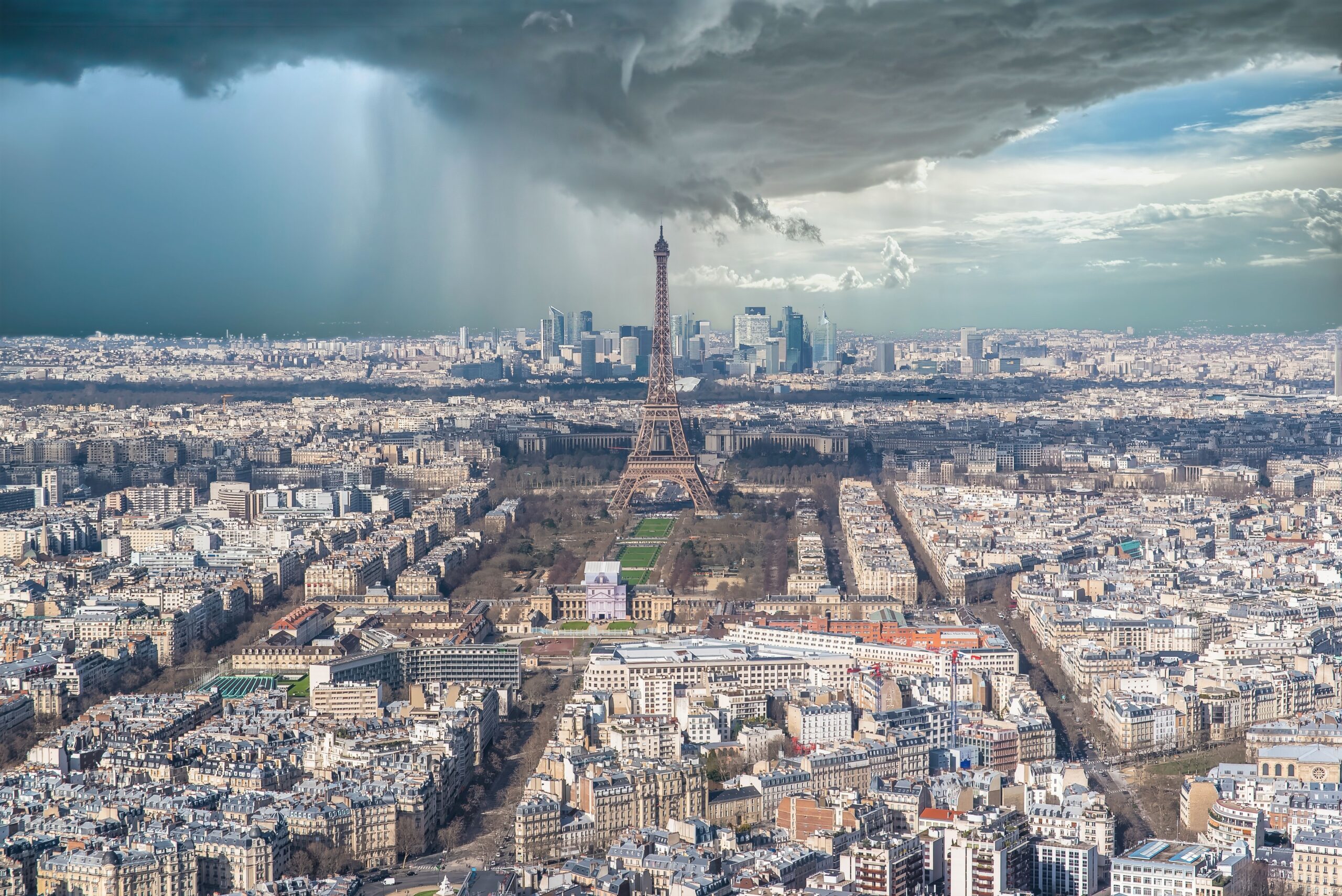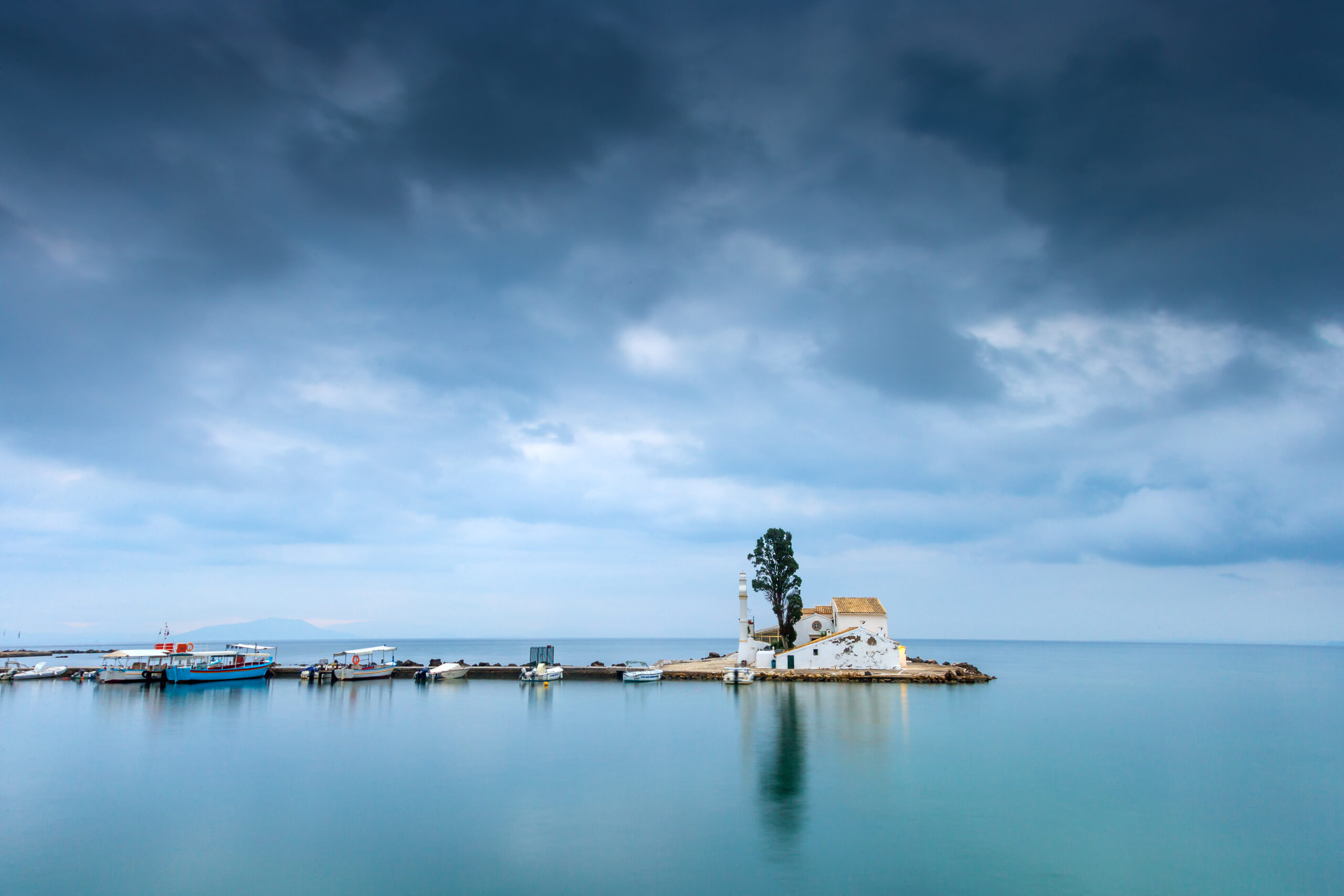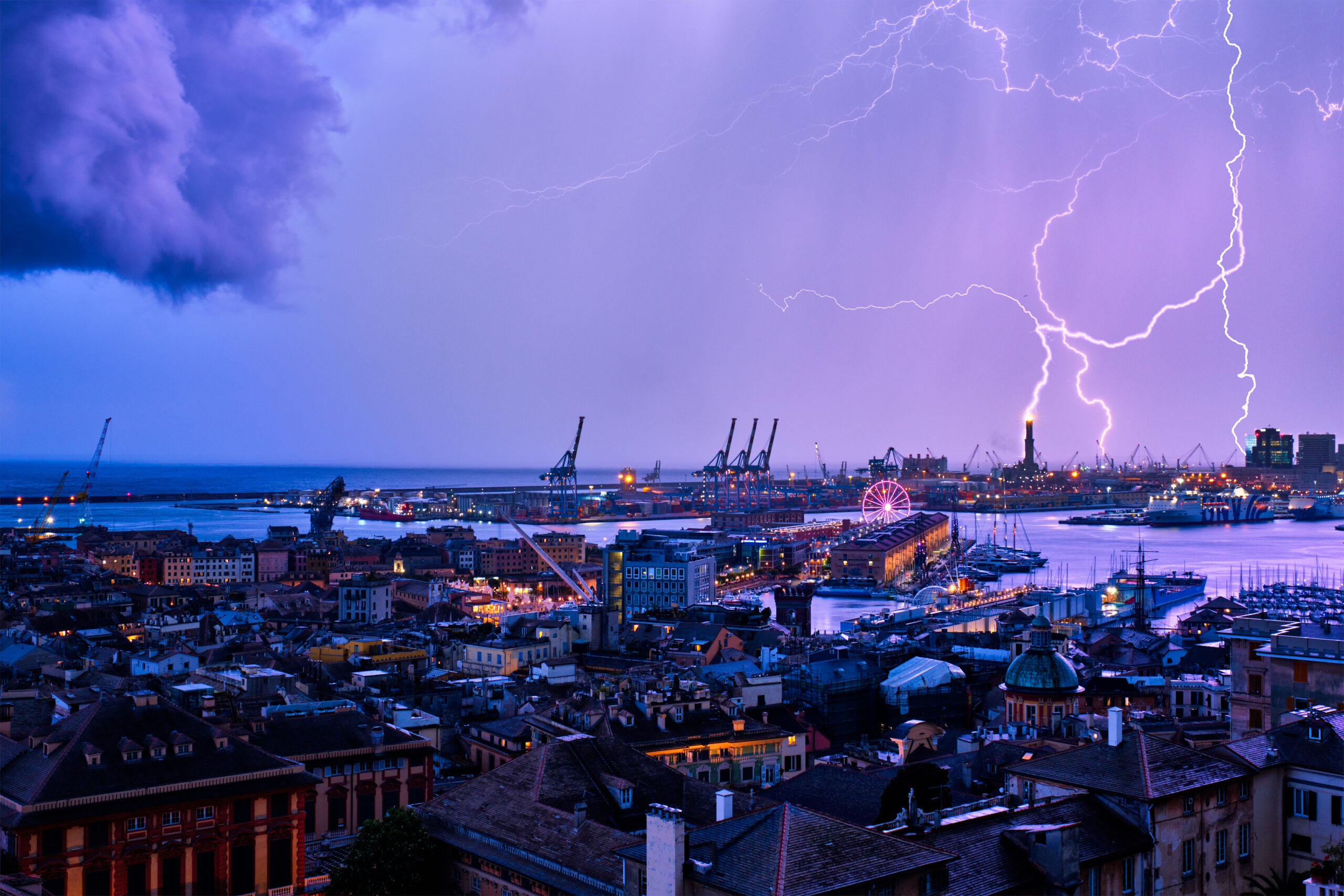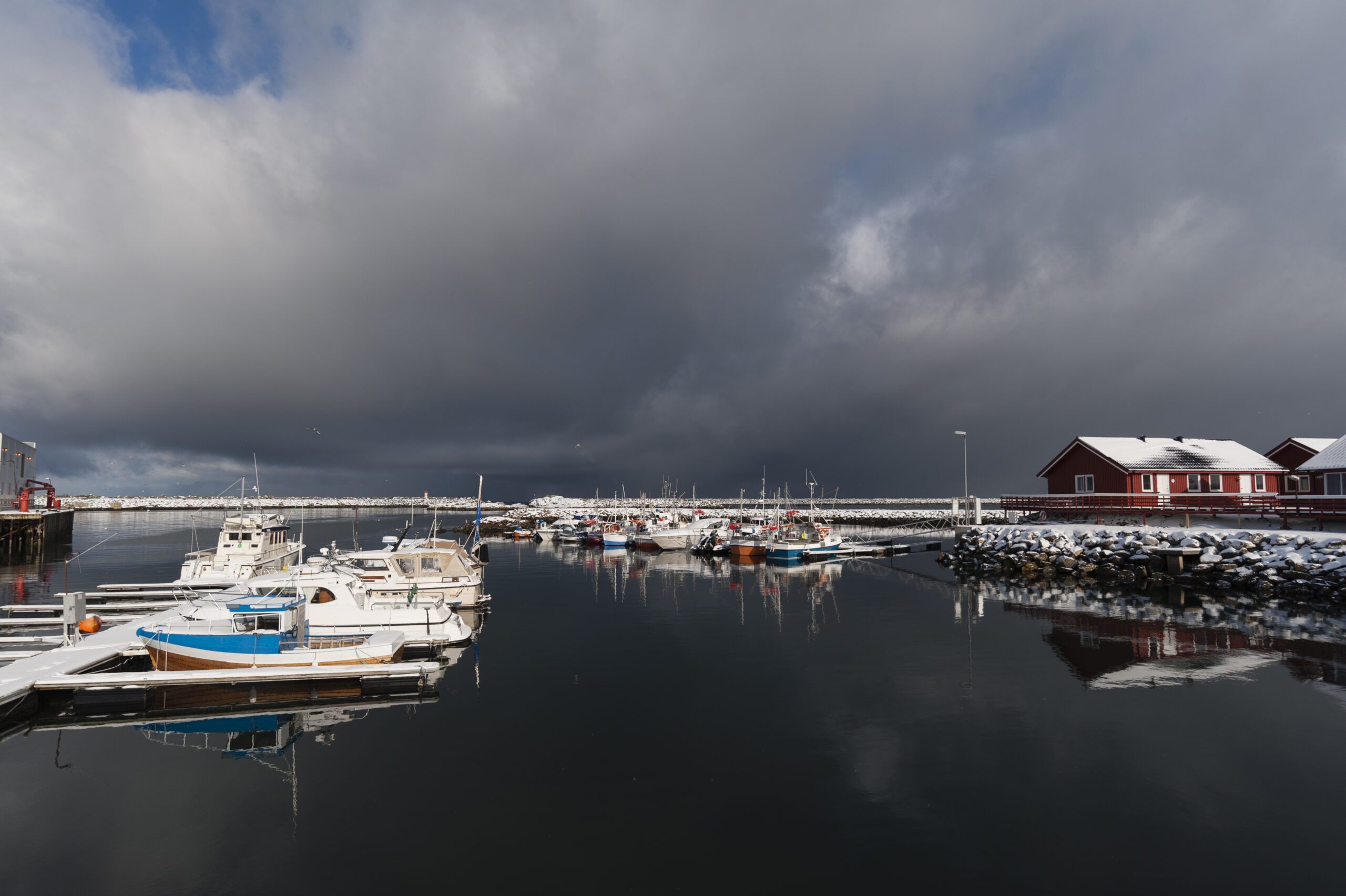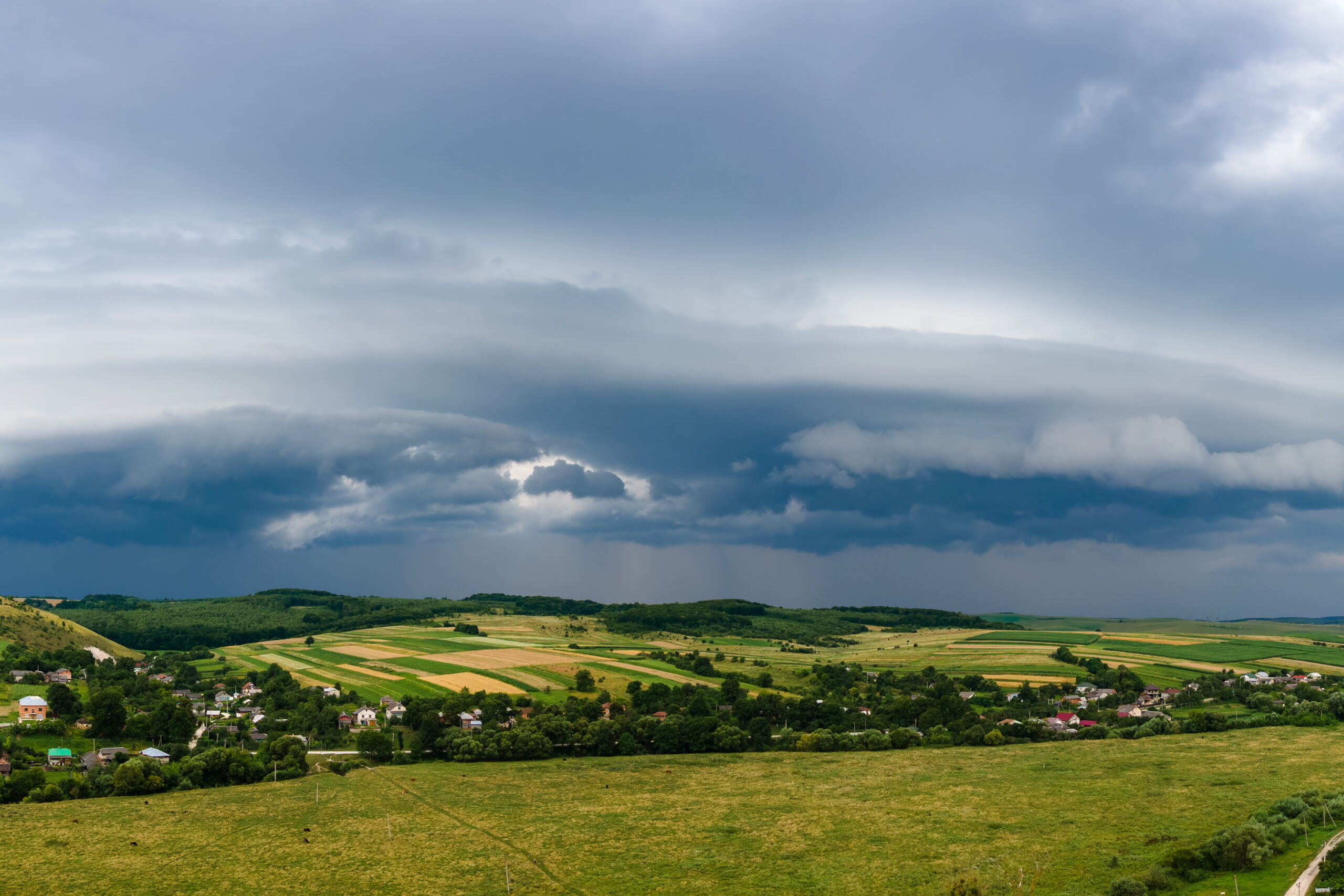Hokkaidō, Japan Weather by Month: A Comprehensive OverviewHokkaidō, Japan’s northernmost island, is renowned for its distinct seasonal variations, offering a unique climate compared to the rest of the country. Its humid continental climate (Dfb classification) features cold, snowy winters and mild, pleasant summers, with moderate precipitation throughout the year. This report provides a detailed analysis of Hokkaidō’s weather by month, based on data from reliable sources such as the Japan Meteorological Agency, weather websites,18 and travel guides.1,3,7 It covers temperature ranges, precipitation, seasonal highlights, and recommendations for visitors, ensuring a thorough understanding of what to expect when planning a trip to Hokkaidō.JanuaryWeather Overview: January is Hokkaidō’s coldest month, with average high temperatures ranging from -6°C (21°F) in Kamikawa to 2°C (36°F) in Erimo, and lows dipping to -12°C (10°F) or below in inland areas.2,7 Average temperatures in Sapporo hover around -4°C (25°F), with precipitation averaging 71.5 mm, mostly as snow.1,4 Heavy snowfall, often exceeding 4 meters in some areas, blankets the island, creating a winter wonderland.7Seasonal Highlights: January is peak winter, ideal for snow-related activities. The Yukitouro (Snow Candle Way) at Jozankei Shrine features 1,000 snow candles, offering a romantic winter spectacle.4 Ski resorts like Niseko and Rusutsu are in full swing, attracting winter sports enthusiasts.1Recommendations: Visitors should pack heavy winter gear, including down jackets, thermal layers, gloves, scarves, and snow boots with anti-skid bands for icy roads.4,7 A Japan Rail Pass is advisable for safe travel amidst heavy snow.1FebruaryWeather Overview: February remains bitterly cold, with average highs from -5°C (23°F) in Kamikawa to 1°C (34°F) in Hakodate, and lows as cold as -12°C (10°F).2,4 Precipitation averages 104 mm, primarily as snow, but sunny days are more frequent, enhancing visibility for outdoor activities.1,4Seasonal Highlights: The Sapporo Snow Festival in early February is a global draw, showcasing intricate snow sculptures at Odori Park, Susukino, and Tsudome.1,4 Hot springs (onsen) in Noboribetsu and Jozankei are perfect for warming up.1Recommendations: Bundle up with hooded down jackets, tights under pants, and warm hats.4 Book accommodations early for ski resorts and festival events, as February is a high season.1,3MarchWeather Overview: March marks the transition to spring, with temperatures ranging from 0°C (32°F) in Kamikawa to 5°C (41°F) in Makubetsu.2 Average highs in Sapporo reach 3°C (37°F), with lows around -3°C (27°F).1 Precipitation drops to 35.5 mm, and snow begins to melt, though some areas remain chilly.1,4Seasonal Highlights: The Vasaloppet Japan cross-country ski competition in Asahikawa and the Karurusu Onsen Winter Festival in Noboribetsu offer family-friendly activities like snow slides and mochi pounding.4 Skiing remains viable early in the month, but scenery may feel stark as spring blooms are yet to emerge.1Recommendations: Layer with hats, gloves, and a warm jacket. Sneakers can replace snow boots as roads clear.1,4 Check weather forecasts for late snowfalls.AprilWeather Overview: Spring arrives in April, with highs ranging from 5°C (41°F) in Nemuro to 12°C (54°F) in Kuriyama, and lows around 5.5°C (41.9°F).2,4 Precipitation averages 61 mm, with showers common but brief.7 Snowmelt increases river volumes, signaling warmer days.7Seasonal Highlights: Cherry blossoms (sakura) bloom from mid to late April, later than mainland Japan, with Goryokaku Park in Hakodate offering a stunning display of 1,500 trees, especially when lit up at night.4Recommendations: Wear lightweight sneakers and a jacket for daytime, with a warmer layer for chilly evenings.4 Check sakura forecasts in February for peak bloom timing.3MayWeather Overview: May brings pleasant spring weather, with highs from 8°C (46°F) in Nemuro to 18°C (64°F) in Otofuke, and lows around 9.4°C (48.9°F).2,4 Precipitation is low at 21.5 mm, making it one of the driest months.4,7Seasonal Highlights: The Sapporo Lilac Festival at Odori Park features 400 blooming lilac trees, outdoor music, and local food stalls.4 Late cherry blossoms continue in some areas, enhancing sightseeing.4Recommendations: Dress in layers with a light coat for cool nights. Casual shoes are sufficient.4 May is ideal for strolls and outdoor exploration due to mild weather.JuneWeather Overview: Early summer begins in June, with highs from 12°C (54°F) in Nemuro to 21°C (70°F) in Asahikawa, and lows around 15.2°C (59.3°F).2,4 Rainfall peaks at 133.5 mm, but Hokkaidō avoids Japan’s typical rainy season, offering comfortable conditions.4,7Seasonal Highlights: The Yosakoi Soran Festival in Sapporo features vibrant dance parades, drawing millions.4 Flower fields in Furano and Biei start blooming, adding color to the landscape.1Recommendations: Pack short sleeves, a light jacket, and a raincoat for occasional showers.4,7 June is perfect for sightseeing and festivals.JulyWeather Overview: July is warm, with highs from 16°C (61°F) in Nemuro to 25°C (77°F) in Asahikawa, and lows around 20.7°C (69.2°F).2,4 Precipitation drops to 61.5 mm, and humidity remains low compared to mainland Japan.4,7Seasonal Highlights: The Sapporo Summer Festival offers a massive beer garden, while Furano’s lavender fields peak in vibrant purple.1,4 Hiking and cycling in national parks are popular.3Recommendations: Wear summer clothing but carry a cardigan for cooler evenings. Book early for festivals and popular attractions due to high tourist influx.3,4AugustWeather Overview: August is Hokkaidō’s warmest month, with highs from 19°C (66°F) in Nemuro to 26°C (79°F) in Kuriyama, averaging 22°C (72°F).2,6 Lows are around 23.7°C (74.6°F), with precipitation at 69.5 mm.4,7 Sea fog may occur on the southeast coast.7Seasonal Highlights: The Kushiro Port Festival features parades and vibrant floats.4 Flower fields like Shikisai no Oka bloom with tulips, lilies, and dahlias.7 Outdoor activities like lake cruises thrive.7Recommendations: Light summer wear is ideal, with a thin jacket for evenings. Sunscreen and breathable shoes are recommended for outdoor adventures.4,7SeptemberWeather Overview: Autumn begins in September, with highs from 18°C (64°F) in Nemuro to 23°C (73°F) in Kuriyama, and lows around 17.9°C (64.2°F).2,4 Rainfall peaks at 146 mm, with showers common but rarely prolonged.4,7Seasonal Highlights: The Sapporo Autumn Fest showcases local cuisine, while foliage starts turning in mid-September, especially in Furano and Asahidake.1,4,7Recommendations: Wear long sleeves and a windbreaker, with raingear for sudden showers. Book foliage tours early for peak colors in October.1,3OctoberWeather Overview: October sees cooler weather, with highs from 12°C (54°F) in Kamikawa to 16°C (61°F) in Kuriyama, and lows around 9.3°C (48.7°F).2,4 Precipitation is 88.5 mm, and nights require warmer clothing.4Seasonal Highlights: Peak autumn foliage paints Hokkaidō in reds, oranges, and yellows, especially at Hokkaido University and Asahiyama Zoo.1,7 The Lake Toya Tsukiura Wine & Gourmet Festival offers local beef and wine.4Recommendations: Pack jackets, scarves, and gloves for chilly evenings. October is ideal for hiking and onsen visits.1,4NovemberWeather Overview: November ushers in winter, with highs from 3°C (37°F) in Kamikawa to 11°C (52°F) in Erimo, and lows around 2.9°C (37.2°F).2,4 Precipitation is 126.5 mm, and first snowfalls occur in Sapporo and Asahikawa.4Seasonal Highlights: The Sapporo White Illumination lights up Odori Park, creating a festive atmosphere.4 Onsen visits in Toyako are popular to combat the cold.4Recommendations: Wear down jackets, gloves, and scarves. Snow boots are needed by late November.4DecemberWeather Overview: December is firmly winter, with highs from -4°C (25°F) in Kamikawa to 5°C (41°F) in Erimo, and lows around -3.7°C (25.3°F).2,4 Precipitation averages 47 mm, mostly as snow, with icy roads common.4Seasonal Highlights: The Hakodate Illumination uses 150,000 bulbs to light up historic sites, while ski resorts and onsen remain popular.4 Drift ice cruises begin late in the month.7Recommendations: Equip vehicles with snow tires and wear heavy winter gear. Check weather for travel disruptions.4,7ConclusionHokkaidō’s climate offers diverse experiences, from snowy winter adventures to vibrant summer festivals and stunning autumn foliage. June to August and December to March are peak travel times, with July and February being particularly popular for mild weather and winter sports, respectively.1,7 Visitors should plan according to their interests—winter for snow, spring for blossoms, summer for festivals, or autumn for foliage—while preparing for the island’s cooler temperatures and occasional precipitation. Always check forecasts and book early during high seasons to ensure a memorable trip.

